SGGPO
Nowadays, syphilis is no longer strange to Vietnamese people and has an effective treatment regimen. People infected with syphilis bacteria may or may not have symptoms on the skin and the whole body. In particular, malignant syphilis is a rare serious form of secondary syphilis.
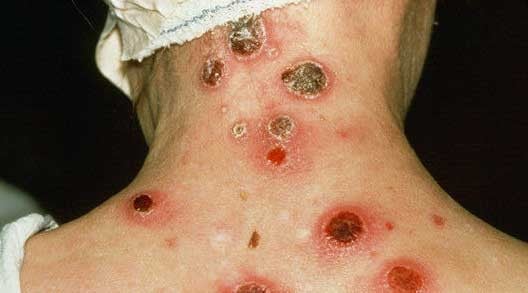 |
| Illustration photo |
On the afternoon of May 21, in a clinical report at the 19th Annual Scientific Conference of the Ho Chi Minh City Dermatology Association, Dr. Nguyen Thi Thanh Tho, Deputy Head of Clinical Department 3, Ho Chi Minh City Dermatology Hospital, said that two rare cases of malignant syphilis had just been discovered.
The first case is a 19-year-old male patient residing in Dong Thap , who visited the Dermatology Hospital in Ho Chi Minh City with many pus-filled ulcers in the mouth and chin, accompanied by swollen joints. Antibiotics, anti-inflammatory drugs, and painkillers did not help. The old ulcers were black and crusted, with many ulcers.
The patient had a history of homosexual intercourse and had more than two sexual partners. The patient was diagnosed with HIV 5 years ago and was on ARV treatment. Suspecting that the patient had syphilis on top of his existing HIV, the doctors instructed the patient to undergo screening tests for all sexually transmitted diseases.
The syphilis antibody titer result was strongly positive. The patient was diagnosed with malignant syphilis and treated with Penicillin G according to the regimen.
The second case is a 27-year-old male patient with a history of HIV infection and homosexuality. He came to the clinic with a skin ulcer near the anus for 1 month. A full body skin examination revealed many deep ulcers, oozing foul-smelling fluid, painless, located in front of the ear, abdomen, and near the anus. Some ulcers were dry, with a thick, dark brown crust on the surface.
The patient was tested and diagnosed with malignant syphilis. Evaluation 2 weeks and 6 months after treatment according to hospital protocol showed that the skin lesions had almost completely healed.
According to Dr. Nguyen Thi Thanh Tho, syphilis is no longer strange to Vietnamese people and has an effective treatment regimen. People infected with syphilis bacteria may or may not have symptoms on the skin and the whole body. In particular, malignant syphilis is a rare serious form of secondary syphilis.
Malignant syphilis has a short incubation period, starting with systemic symptoms such as fever, chills, muscle aches, joint pain, etc. Skin manifestations progress from nodules and pustules to ulcers, oozing ulcers, forming a thick crust-like layer on the surface, brown or black in color.
“Diagnosis is based on patient examination combined with paraclinical testing. If not diagnosed and treated early, the disease can progress throughout the body, affecting the cardiovascular system, central nervous system, vision, hearing, musculoskeletal system, digestion, kidneys and urinary system…”, Dr. Nguyen Thi Thanh Tho informed.
At the same time, it is said that malignant syphilis is very rare, can cause complications on organ systems and threaten life. This disease should be considered when receiving patients with HIV, a history of homosexual intercourse, ulcerative or necrotic lesions, possibly accompanied by systemic symptoms. The prognosis is good when treated early, correctly and with adequate doses of antibiotics according to hospital protocols.
On May 21, the Ho Chi Minh City Dermatology Association and Ho Chi Minh City Dermatology Hospital jointly organized the 19th Annual Scientific Conference with the theme "Clinical practice combined with scientific research in dermatology".
The conference attracted experienced experts in the field of dermatology and aesthetics domestically and internationally , along with more than 600 colleagues working and studying in the field of dermatology and aesthetics.
With 2 plenary sessions and 6 concurrent sessions with 37 scientific reports focusing on areas such as: chronic inflammatory skin diseases, pediatric skin diseases, sexually transmitted infections, and skin aesthetics.
Source



![[Photo] National Assembly Chairman Tran Thanh Man holds talks with Hungarian National Assembly Chairman Kover Laszlo](https://vphoto.vietnam.vn/thumb/1200x675/vietnam/resource/IMAGE/2025/10/20/1760952711347_ndo_br_bnd-1603-jpg.webp)
![[Photo] Chairman of the Hungarian Parliament visits President Ho Chi Minh's Mausoleum](https://vphoto.vietnam.vn/thumb/1200x675/vietnam/resource/IMAGE/2025/10/20/1760941009023_ndo_br_hungary-jpg.webp)
![[Photo] Solemn opening of the 10th Session, 15th National Assembly](https://vphoto.vietnam.vn/thumb/1200x675/vietnam/resource/IMAGE/2025/10/20/1760937111622_ndo_br_1-202-jpg.webp)

![[Photo] Prime Minister Pham Minh Chinh meets with Speaker of the Hungarian National Assembly Kover Laszlo](https://vphoto.vietnam.vn/thumb/1200x675/vietnam/resource/IMAGE/2025/10/20/1760970413415_dsc-8111-jpg.webp)


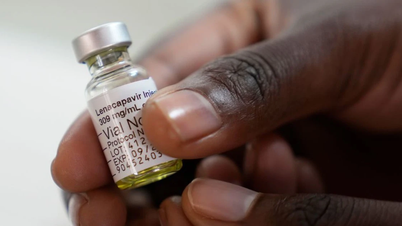





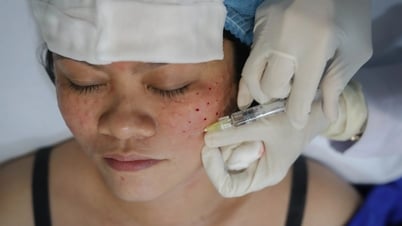
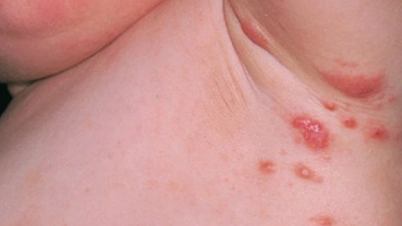







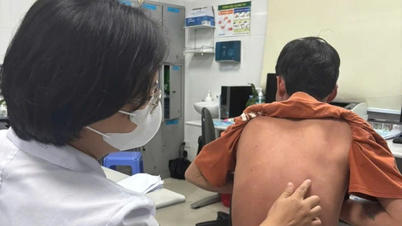










![[Photo] The Steering Committee of the 2025 Fall Fair checks the progress of the organization](https://vphoto.vietnam.vn/thumb/1200x675/vietnam/resource/IMAGE/2025/10/20/1760918203241_nam-5371-jpg.webp)




























































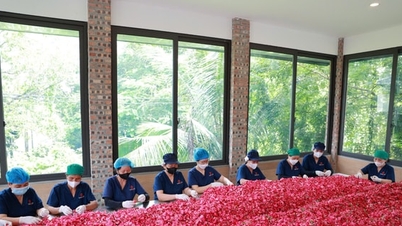








Comment (0)